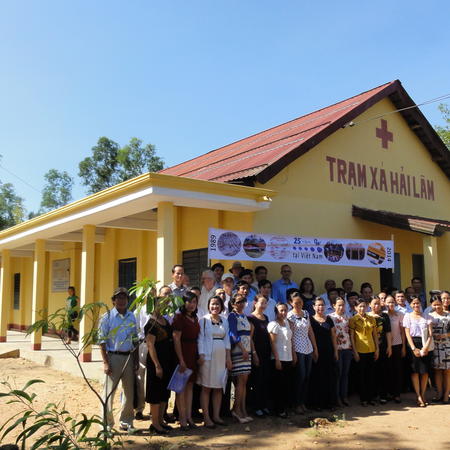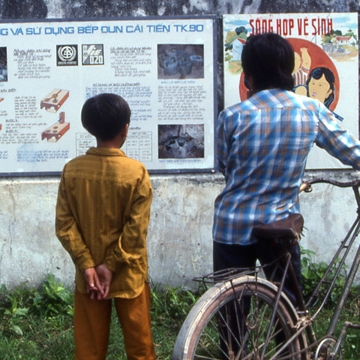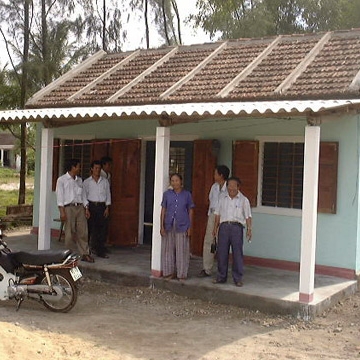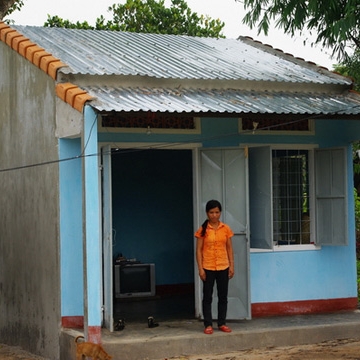- English
- Français
- Tiếng Việt
High hazard ranking
The impact of hazards is increasing
Viet Nam is amongst the most disaster prone countries of the world. Major disasters occur at least every decade. There are indications that the severity of disaster events is increasing and climate change will surely exacerbate this : the floods in 1999 that hit central Viet Nam were the worst in living memory; families still talk of the huge losses that occurred in the 1997 massive typhoon Linda when 300 000 houses were destroyed and many more damaged. In the early 21st century, these massive floods and storms are becoming commonplace. We expect them annually.
Annually the Viet Nam coast is hit by tropical storms and typhoons and associated flooding at a rate of 4 to 6 a year or more. What are in effect almost regular disasters cause extensive and repeated damage to housing and infrastructure as well as losses to agriculture and fisheries. These losses have a direct knock on effect on the capacity of the family and the community to develop and move beyond poverty. Along with economic growth in Viet Nam the levels of economic loss climbed steadily since 1985, reaching over 700 million US $ by 1996 .
Ten years later, losses in just one typhoon, the 2006 Cyclone NO 6 Xangsang, were estimated at 10,375 billion VN Dong (650 million USD), equalling the total annual losses just ten years earlier. Major progress has been made in saving lives, - only 69 people died in Cyclone Xangsang – but the cost of rehabilitation is huge and largely unsupported.
Whilst it is genuinely difficult – just look at the example of New Orleans - for families and communities to protect against the really massive typhoons such as those that hit central Viet Nam in 1985 and again in 1997, damage in the more frequent annual cyclones can and absolutely must be avoided. This damage prevention can be achieved at a far lower economic and social cost compared to that of reconstruction. How?
By taking preventive action to increase the resistance of buildings and the resistance of their components to the effect of typhoons, high winds and floods.











